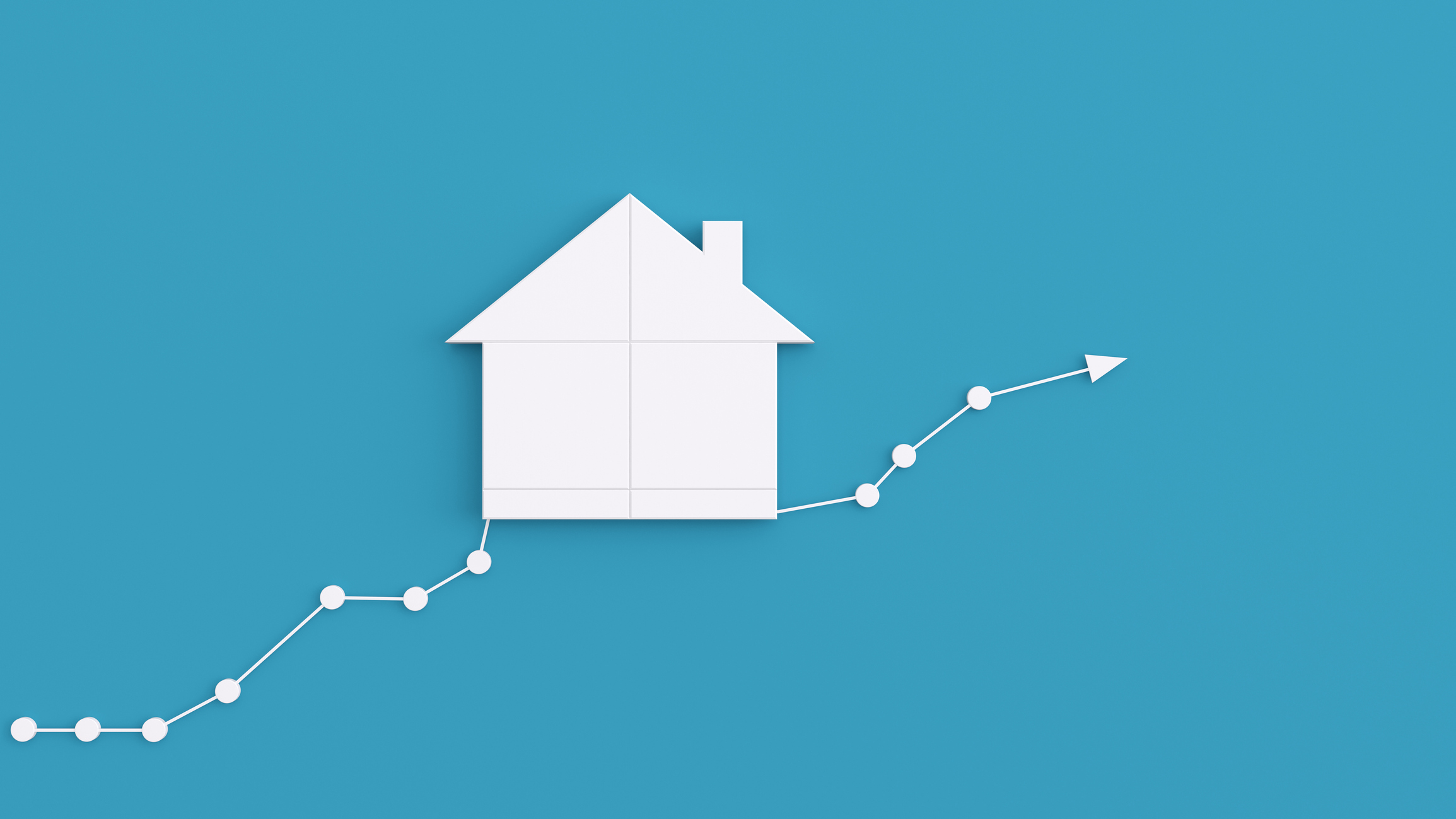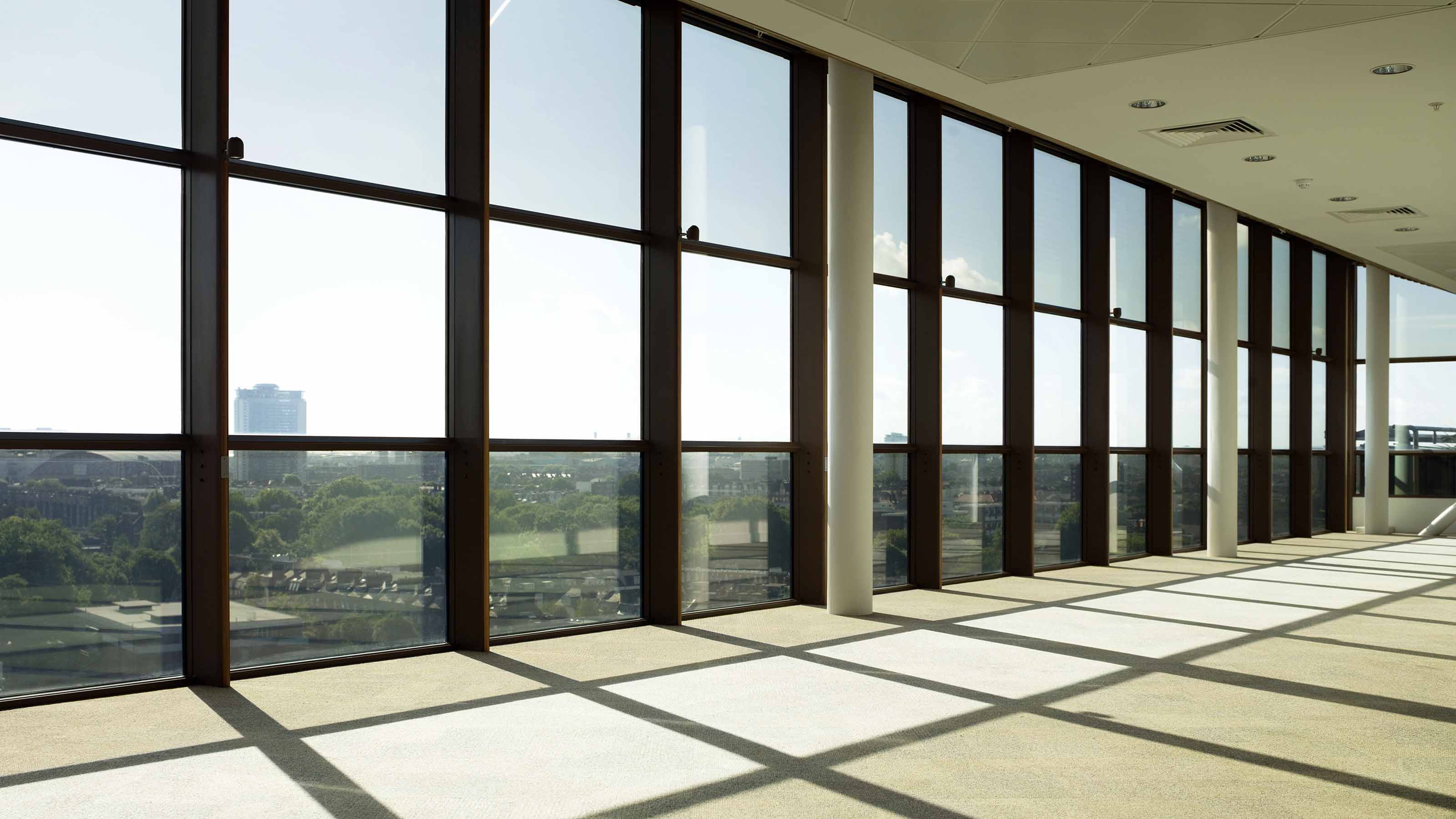Finally, a Bottom for Home Prices
Plenty of people would like to set up their own household. More-affordable houses could bring them into the market.

Housing prices will stop sinking next spring. But recovery will be a gradual process -- too slow to help the economy much next year. Look for prices, which have fallen an average of 31% since 2006, to drop an additional 2% or so in the early months of 2012 and then recover that lost ground by the end of the year.
The growth in 2013 won't be dramatic Come 2013, expect home prices to rise only 3% to 4% -- not too far from the pre-boom average of 4.8% a year, but well short of the bounce that usually follows a housing slump. After the milder housing downturn in the early 1980s, home prices grew an average of 6.5% for six years.
A key signal that the bottom is near: A change in the ratio of average homes prices to personal income -- houses are affordable again. After soaring to 4-to-1 during the housing boom, the ratio is now well below the long-term average of 3-to-1.
From just $107.88 $24.99 for Kiplinger Personal Finance
Become a smarter, better informed investor. Subscribe from just $107.88 $24.99, plus get up to 4 Special Issues

Sign up for Kiplinger’s Free Newsletters
Profit and prosper with the best of expert advice on investing, taxes, retirement, personal finance and more - straight to your e-mail.
Profit and prosper with the best of expert advice - straight to your e-mail.
Another reason for optimism: Foreclosure numbers are set to level off after a recent surge to clear up the backlog that developed when banks were found to be rushing though the paperwork for seizing homes. Although the 3.5 million foreclosures still in the pipeline are weighing heavily on the housing market, that effect will diminish when it is clear that the worst has passed.
Look for home sales to tick up next year as well, hitting 5.5 million for new and existing homes. That's up 4% from 2011, the low point since the housing bubble burst.
Demand from abroad will help. Canadians are buying homes in Phoenix; Brazilians are investing in Miami; and Chinese are buying in California, Las Vegas and New York City. To these investors with bulging pockets, good values can be found where the price declines have been greatest.
U.S. investors remain more conservative, largely avoiding single-family homes and diving into the multifamily rental market. It has heated up in recent years, thanks in part to the crowds of former homeowners who need a place to live, as well as to would-be home buyers who are waiting to see if prices have further to fall.
Home starts will jump 15% next year, driven largely by construction of new apartment buildings. Among the strongest areas are Texas, Louisiana, Oklahoma and the Dakotas, where the robust energy industry is lifting local economies and earlier overbuilding was avoided. Other states that have benefited from past restraint are Montana, Washington, Iowa and Nebraska.
Even so, new construction will be only around 750,000 in 2012, down from 2 million in 2005 and far below the pre-crash average of 1.5 million from 1959 through 2006.

Farther down the road, there is plenty of pent-up demand. The lousy housing market has muffled the typical rate of household formation, deterring many young folks from getting their own homes. As a result, there are 2 million new households waiting for an improvement in economic conditions: recent graduates eager to leave their parents' nests and 30-something couples who have delayed marriage or having children. As the economy picks up steam, they will emerge, helping to soak up the glut of foreclosed homes and putting construction on a faster track.
By 2014, the housing market will start to look more like its old self, with housing starts near the long-term average of 1.5 million a year, sales of about 6 million and price gains of over 4% a year.
Shorter term, even the modest reversal likely in 2012-2013 is crucial, easing the crushing weight the housing market has imposed on the economy. Homeowners, who lost a large share of their net worth in the housing crash, have been trying to rebuild their wealth by saving more in recent years. Since the market crash, consumers have held on to more than 5% of income, up from less than 2% during the housing boom. Since consumer spending accounts for two-thirds of economic activity, this uptick in saving and correlating downtick in spending has spelled the difference between a solid recovery and the shaky one the U.S. is experiencing.
Since a good deal of this saving is due to uncertainty -- not knowing just how much more home prices will drop -- reaching a clear turning point is important. Once homeowners know the worst is over, they'll take a breath, start planning their saving for the long term and spend more in the short term.
Of course, the market shift won't make much immediate difference for the millions of homeowners who owe more than their homes are worth. But for the majority with equity in their homes, even a modest gain in prices can change their spending behavior.
Profit and prosper with the best of Kiplinger's advice on investing, taxes, retirement, personal finance and much more. Delivered daily. Enter your email in the box and click Sign Me Up.

-
 States That Tax Social Security Benefits in 2026
States That Tax Social Security Benefits in 2026Retirement Tax Not all retirees who live in states that tax Social Security benefits have to pay state income taxes. Will your benefits be taxed?
-
 QUIZ: What Type Of Retirement Spender Are You?
QUIZ: What Type Of Retirement Spender Are You?Quiz What is your retirement spending style? Find out with this quick quiz.
-
 How to Avoid the Financial Quicksand of Early Retirement Losses
How to Avoid the Financial Quicksand of Early Retirement LossesSequence of returns — experiencing losses early on — can quickly deplete your savings, highlighting the need for strategies that prioritize income stability.
-
 10 Predictions for 2025 from The Kiplinger Letter
10 Predictions for 2025 from The Kiplinger LetterThe Kiplinger Letter As 2025 arrives, here are our top 10 forecasts for the new year.
-
 Will Lower Mortgage Rates Bring Relief to the Housing Market?
Will Lower Mortgage Rates Bring Relief to the Housing Market?The Kiplinger Letter As mortgage rates slowly come down here's what to expect in the housing market over the next year or so.
-
 Commercial Real Estate Outlook 2024: The Kiplinger Letter
Commercial Real Estate Outlook 2024: The Kiplinger LetterThe Kiplinger Letter In 2024, expect hybrid and work-from-home trends, tighter budgets, rising rents and the demand for data centers to continue.
-
 10 Predictions for 2024 from The Kiplinger Letter
10 Predictions for 2024 from The Kiplinger LetterThe Kiplinger Letter As 2023 wraps up, here are 10 big predictions for the new year.
-
 Delinquent CRE Loans Are on the Rise: The Kiplinger Letter
Delinquent CRE Loans Are on the Rise: The Kiplinger LetterThe Kiplinger Letter Banks are expanding their efforts to restructure CRE loans to avoid losses from the commercial real estate sector.
-
 As Mortgage Rates Rise, Renting Is Now Cheaper Than Buying for Many: The Kiplinger Letter
As Mortgage Rates Rise, Renting Is Now Cheaper Than Buying for Many: The Kiplinger LetterThe Kiplinger Letter A jump in mortgage rates has caused housing affordability to slump and priced many first-time home buyers out of the market.
-
 Rental Market Will Slow Through 2023: The Kiplinger Letter
Rental Market Will Slow Through 2023: The Kiplinger LetterThe Kiplinger Letter Expected growth in the rental market is likely to remain slow for the rest of the year amid a slow housing market and cooling economy.
-
 WFH Impact on Commercial Real Estate Market: Kiplinger Economic Forecasts
WFH Impact on Commercial Real Estate Market: Kiplinger Economic ForecastsEconomic Forecasts Commercial real estate continues to struggle. Office vacancies hit 18.9% in the second quarter of 2023.